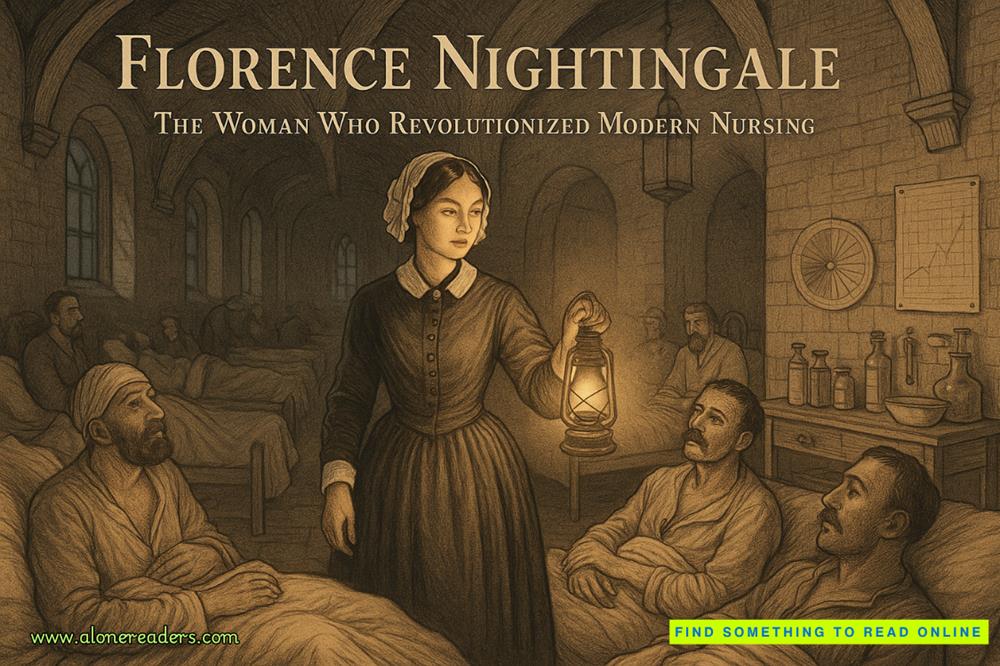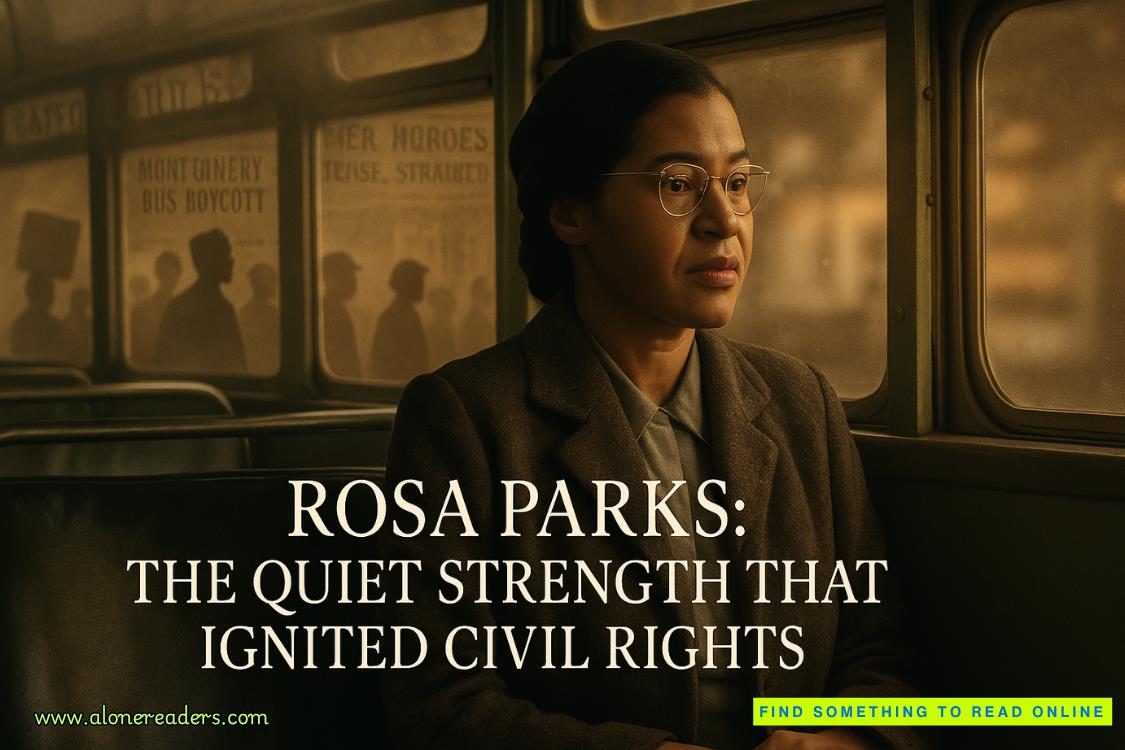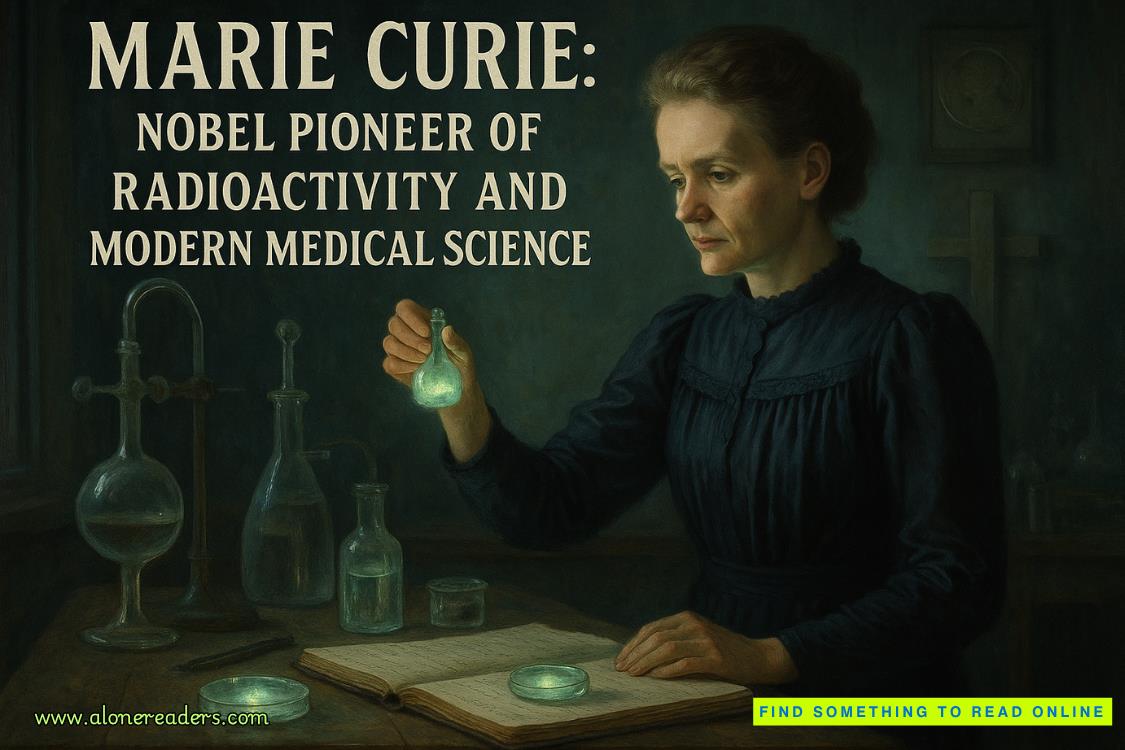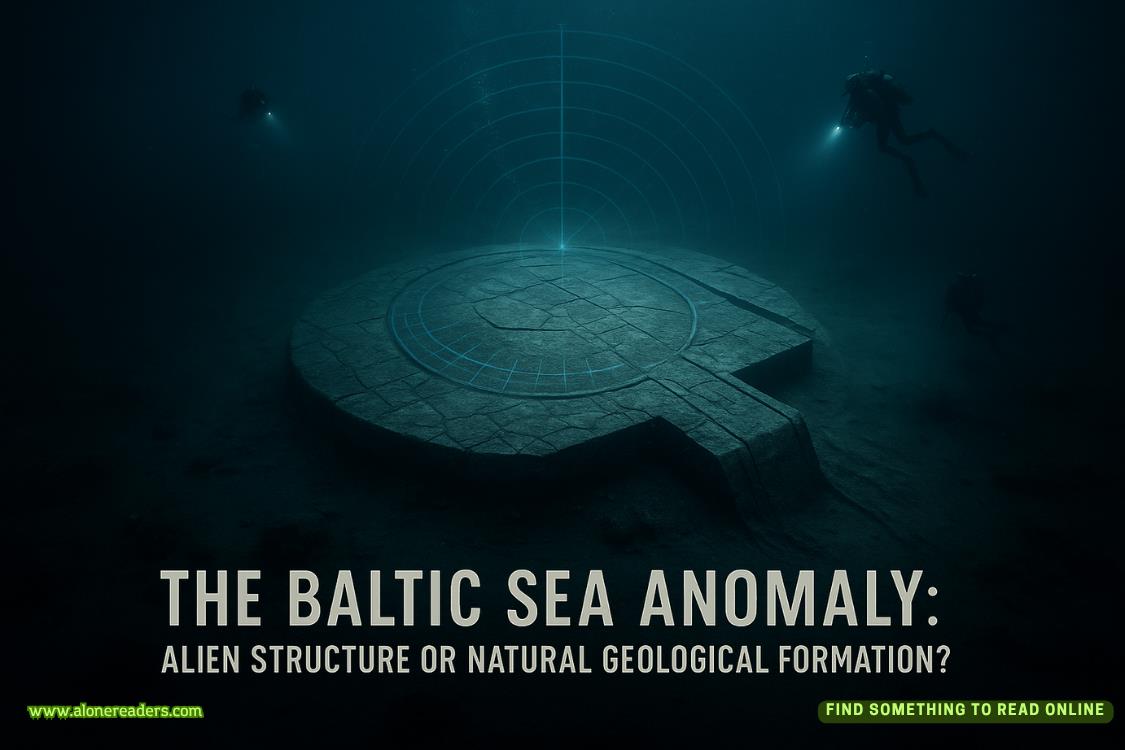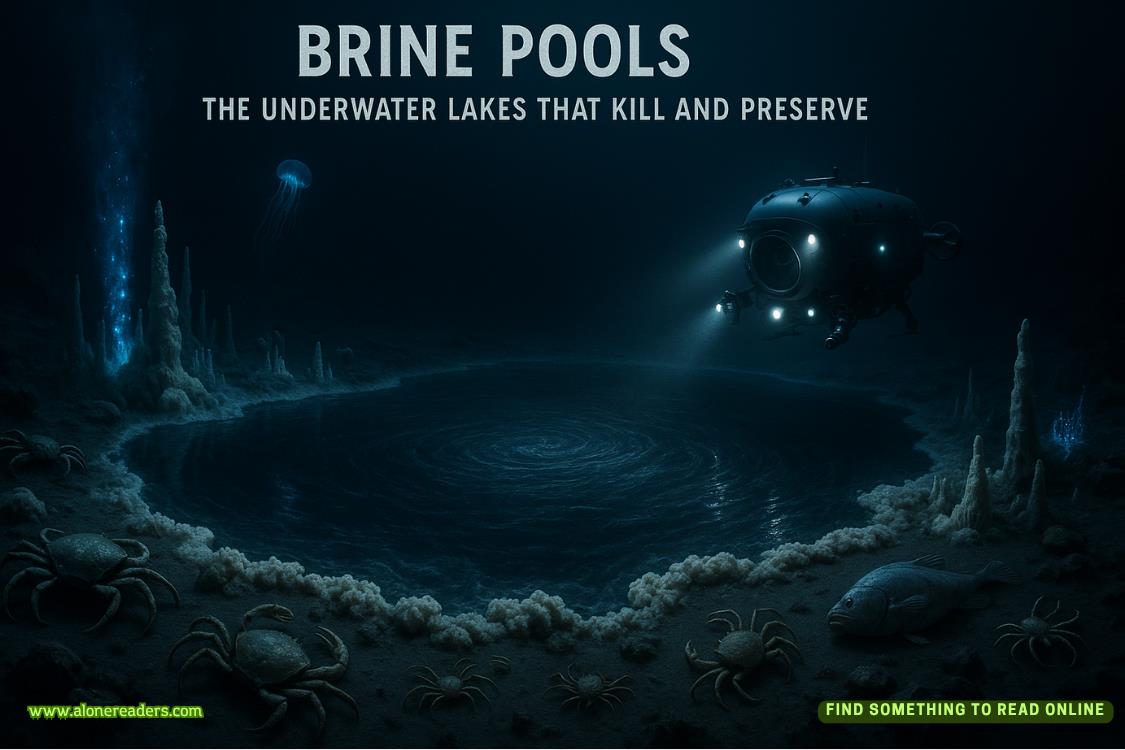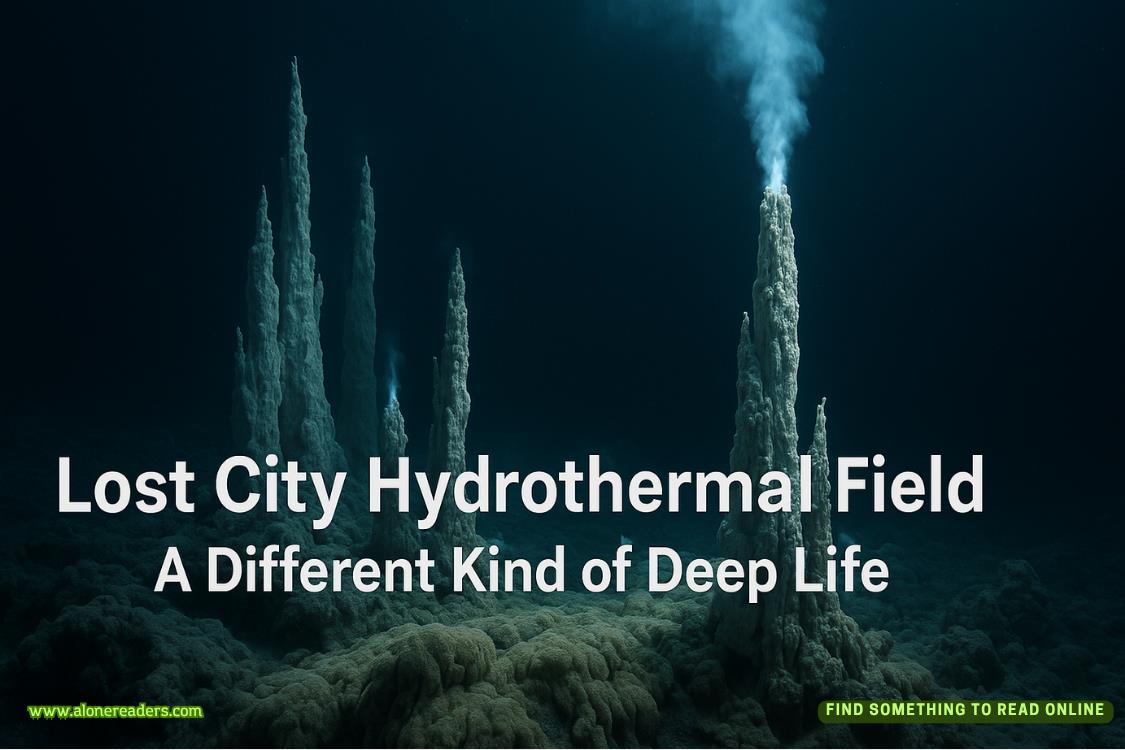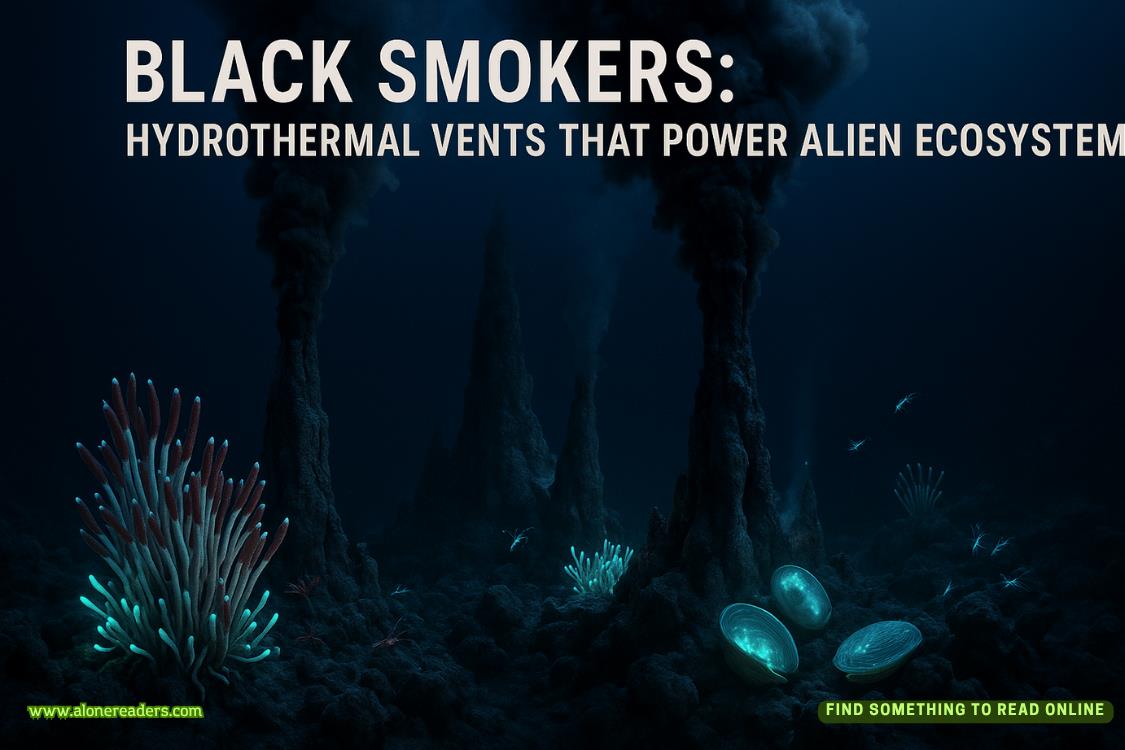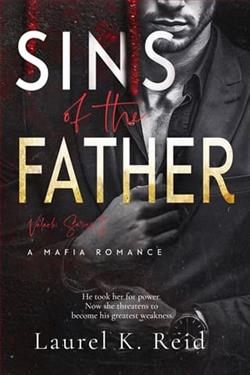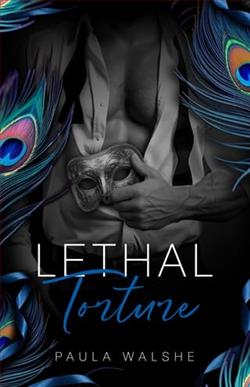Page 27 of The CEO
His face pales further, and he glances nervously at my investigation board. “I told you on the phone to drop this. Hearing you say it again here, seeing all this . . . Eve, you have no idea what you’re getting into. Where did you first hear that name?”
“I can’t say,” I respond, watching his reaction carefully.
He stares at the screen, then back at my board. “Eve, I’m saying this as someone who doesn’t want to find your name in the obituary section: Drop this. Whatever you think you’ve found, let it go.”
“I can’t do that.” I point to the obituaries. “Three men, all dead after conflicts with Knox. All unexplained deaths ruled natural or suicide.”
“And what if they were neither?” His voice drops. “What if they were something else entirely?”
I step closer. “What do you know, Michael?”
“Nothing I can prove.” He pulls an envelope from his jacket. “But here’s everything on the Wyatt case. The official file and my personal notes.” He hesitates. “I’m taking vacation time, starting next week. Going to visit my sister in Michigan for a few weeks.” The implication is clear: He’s distancing himself from whatever I’m about to unleash. “But let’s still meet up on Sunday. I’d rather you get all your bad theories out with me rather than running back to Knox and getting yourself killed.”
“Hey.” I reach out and grab his arm. “Thank you. Seriously.”
“Just be safe, kid.” He nods his head, then jogs across the street to his car.
After he leaves, I tear into the envelope to find page after page of police reports, witness statements, and forensic analyses. I spread them beside my existing research as new connections form in my mind.
Thomas Wyatt’s “suicide” occurred exactly three days after he pulled his company out of a merger with Knox Pharmaceuticals. The official ruling: He mixed alcohol with antidepressants, then shot himself in his study.
But Reeves’ handwritten notes tell a different story. The bullet trajectory was unusual for self-infliction. The gun was wiped clean of prints except one perfect thumbprint on the trigger. Witness statements from household staff noted unfamiliar voices in the study before the gunshot.
And most damning: Security footage from the estate shows a tall figure entering through a side door—face carefully angled away from cameras—exactly twenty minutes before Wyatt’s estimated time of death.
I sit back, mind racing. This isn’t just corporate maneuvering; this is something darker.
Less than two hours later, I’m standing by Hal’s car outside the morgue as he approaches.
“Everything we have on Mendel,” he says, handing over the materials. “Found something interesting in there, too. His widow gave an interview after his death, claimed he’d received threats. The piece never ran.”
“Why not?”
“Story goes, the editor killed it after a call from the publisher . . . who, coincidentally, plays golf with Damien Knox every Sunday.” He shrugs.
I thank him, then spend the next three hours piecing together more connections. The third man, James Carruthers, died of an apparent stroke at fifty-four. No autopsy performed at the family’s request—or rather, at his brother-in-law’s insistence. The same brother-in-law who took over the company and immediately sold its patents to Knox Industries.
By midnight, my timeline is complete enough to see the pattern clearly. Each death followed a specific business conflict with Knox Industries. Each benefited Damien Knox directly. Each investigation was perfunctory at best, corrupted at worst.
I sit in the dim light of my apartment, staring at the web I’ve created. This is bigger than I’d imagined. More dangerous. More intricate.
And yet, instead of fear, I feel a thrill coursing through me. This—thisis the story I’ve been waiting for. The chance to expose corruption that the system itself protects.
* * *
It’s 3:18 a.m. and I can’t stop staring at Damien’s face.
My apartment is bathed in the blue glow of my laptop screen as I scroll through the photos from the forest preserve for what must be the thirtieth time tonight. Each image reveals something I missed before—the precise angle of his jaw, the subtle unshaven scruff I can’t stop myself from reaching out to touch on the screen, as if I’d be able to feel it against my fingertips.
I struggle to reconcile the controlled charm he displayed in his office—the complete absence of emotion in his eyes when he spoke. Nothing like the warm philanthropist he portrays.
But it’s not the kind, warm man that intrigues me. The mask is just that: nothing more than a hollow portrayal of what the world wants to see. Carefully constructed for public consumption. These photos show the man beneath—predatory, calculating, and dangerous. This man stirs something deep inside me I’m too scared to acknowledge.
You’re going to lose this game.
I close my bleary, fatigued eyes, rubbing them a little too hard. Sleep seems impossible with my mind racing, replaying moments from yesterday. The memory of his fingers brushing my neck as he draped the scarf around me sends an involuntary shiver down my spine. The gesture felt like both a threat and a tender caress, leaving me completely unsettled in a way I don’t care to examine too closely.
“Focus,” I mutter, shaking my head side to side as if that will fix everything. I turn my attention back to that day in the preserve.
